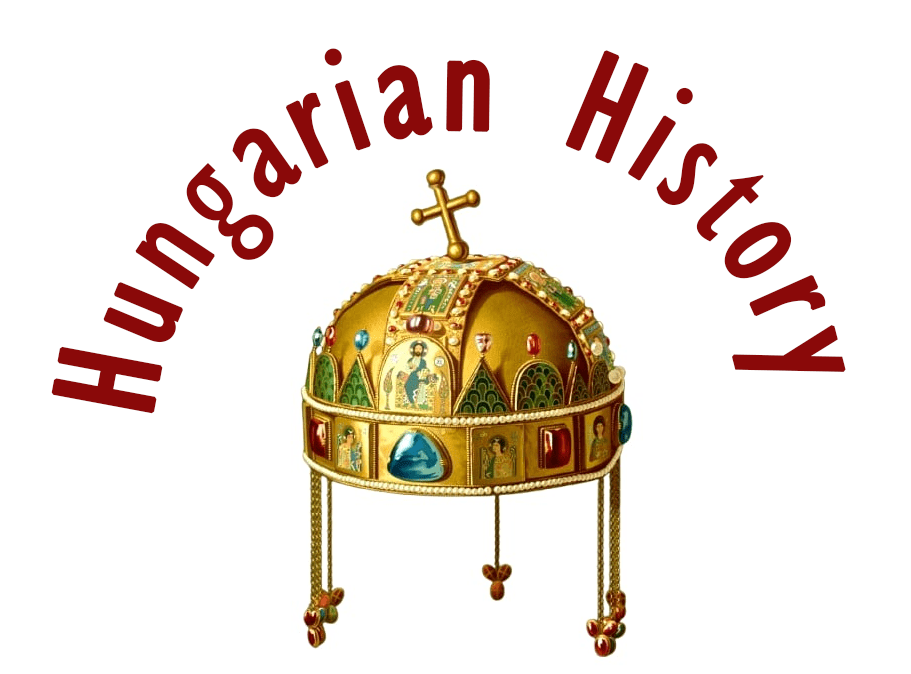
Stomfa (Slovak: Stupava, German: Stampfen) is a town in the region of Malacka in the district of Pozsony in Slovakia. It is just 15 kilometers from Pozsony (Bratislava, Presporok, Pressburg). Its castle was built in the 13th century in the Kingdom of Hungary. Location: https://tinyurl.com/327xxchb

The area around Stomfa was inhabited as early as the Iron Age cultures of Hallstatt and La Téne. In the 2nd century, a Roman castrum/building stood here. The areas near the Empire were called Barbaricum. In the 4th century, the area was inhabited by Quadians. After the conquest of Hungary in the 9th century, Székely border guards defended the border, and the Castle Comes bailiwick of Stompa (later Stomfa) was organised in the county of Pozsony to protect the border.

The date of construction of the castle itself is unknown, but it was already standing in 1271, as in 1269, King Béla IV confirmed the possession of Mortun to Sándor, son of Marcell. The charter also mentioned the name Stomfa, in the form Ztumpa. In the spring of 1271, Ottokar II crossed the Morava and first conquered Dévény and then besieged the castle of Stomfa. The small castle was defended by Comes Sándor against the overwhelming force. The defenders fell, and the castle was destroyed by Ottokar.

King István donated land in Znoyssa to Domokos and Károly “Comes Alexander filius Marcelli”, sons of Comes Sándor, for his father’s valour in defending Stomfa. In the charter, it was named Castri Ztumpa. The present castle was likely built on the site in the 17th century. Partly in place of the destroyed Stomfa Castle, the king built Detrekő Castle.

After the death of King András III in 1301, most of Pozsony County was in Austrian hands as a possession of his widow. In a charter of 25 July 1314, King Károly Róbert, on the request of Ottó, son of Rugerius of Telesprun, confirmed for her the feudal estates of Thebun [Dévény], Stampha [Stomfa], Pelystan [Pozsonyborostyánkő], Sahur, Messuch, Sarkou, Pistrich, and Ishar in the county of Pozsony in Hungary, which had been granted to her by the former kings.

The Bohemian Hussites took advantage of the Hungarian civil war to fortify the church and create a fortalicium before 1440. Several similar ones were built during these turbulent years (Keresztúr, Rozsnyó, Nagytapolcsány, etc.). In 1440, it was already in the hands of the Necpáli family.

Queen Erzsébet issued a charter to the judge and jury of the city of Pozsony on 29 May 1440. It stated that Szentgyörgyi György and Bazini Imre had agreed with Pongrác and László of Neczpal that they would give them the church and fortress at Stompha for a certain sum. The queen, desiring to assist György and Imre in the redemption of these, ordered the judge and jury of the city of Pozsony to pay to the said György and Imre, or their agents, 300 forints of gold out of the sum which they owed her from the rent of the tithes.

In 1457, the Hussites took the fortress and raided from there to Pozsony. In 1493, with the intervention of the Counts of Szentgyörgyi and Bazin, it was granted the status of a market town. In 1509, it was almost destroyed by the plague. The family died out in 1543, and the estate passed to the king. In 1553, it belonged to Serédy Gáspár, with 51 tax-paying portes recorded. In 1618, it became the property of the Pálffys, who made Stomfa one of the most important centres of their dominions.

Simone Retacco, leader of the Italian guild of masons and stonemasons in Lower Austria, built the four-cornered Renaissance castle of Stomfa for Pálffy Pál. In the 1630s, Retacco rebuilt the castle of Fraknó for Esterházy Miklós, and the castle of Németújvár and Rohonc for Batthyány Ádám. The building was a U-shaped castle with a corner tower, surrounded by a moat. This can still be seen today.

In 1868, Stomfa was acquired by the Károlyi family in an exchange. Count Károlyi Alajos commissioned Ybl Miklós to rebuild the castle. Ybl added a turreted German Renaissance wing to the U-shaped, corner-towered castle surrounded by moats, and the existing building itself was remodelled in the historicist style. The outbuildings are connected to the castle by an open arcaded corridor. The moat was drained, and an English park with a pond was created around the castle.

The castle was rebuilt before 1894 according to the plans of Arthur Meinig. In 1945, it was looted first by Soviet troops and then by the inhabitants of the area. After the looting, the castle burned down, leaving only its hollow walls. The Czechoslovak state renovated it between 1956-58 and turned it into a retirement home.
Source: Szöllösi Gábor https://varlexikon.hu/stomfa

Dear Readers, I can only make this content available through small donations or by selling my books or T-shirts.
Please, support me with a coffee here: https://www.buymeacoffee.com/duhoxoxa
You can check out my books on Amazon or Draft2Digital. They are available in hardcover, paperback, or ebook:
https://www.amazon.com/dp/198020490X or at https://books2read.com/b/boYd81

My work can also be followed and supported on Patreon: Become a Patron!http://Become a Patron!
Become a Patron! Donations can be sent by PayPal, too: https://tinyurl.com/yknsvbk7


https://hungarianottomanwars.myspreadshop.com/all
Subscribe to my newsletter here: https://tinyurl.com/4jdjbfkn
Here are a few pictures of Stomfa:

























